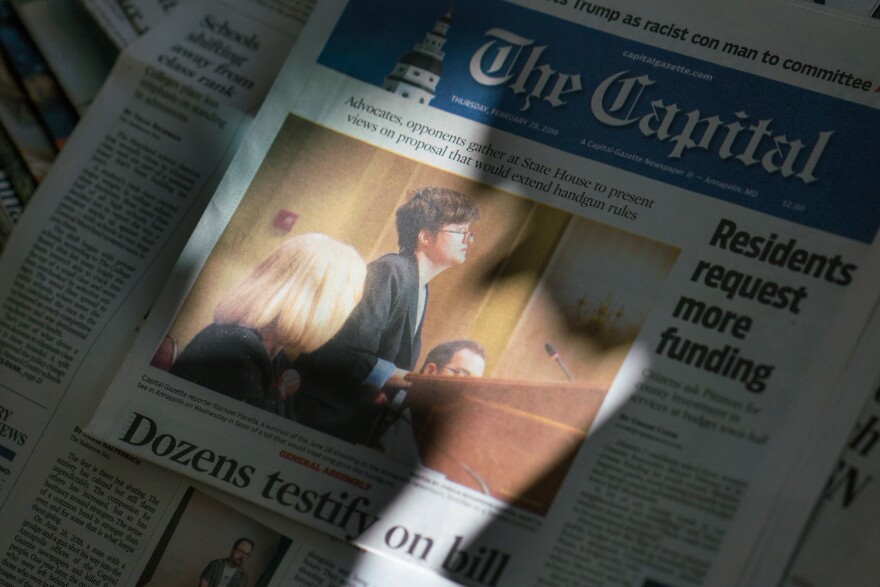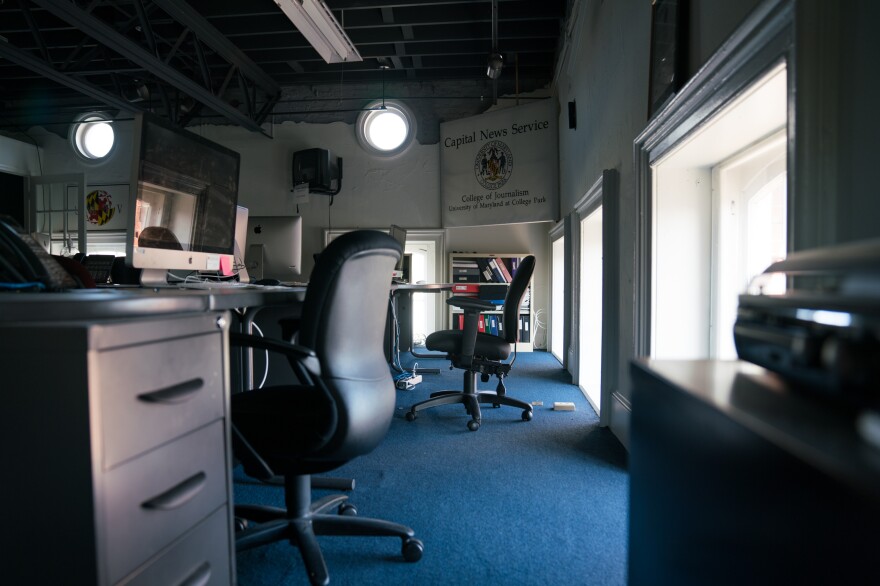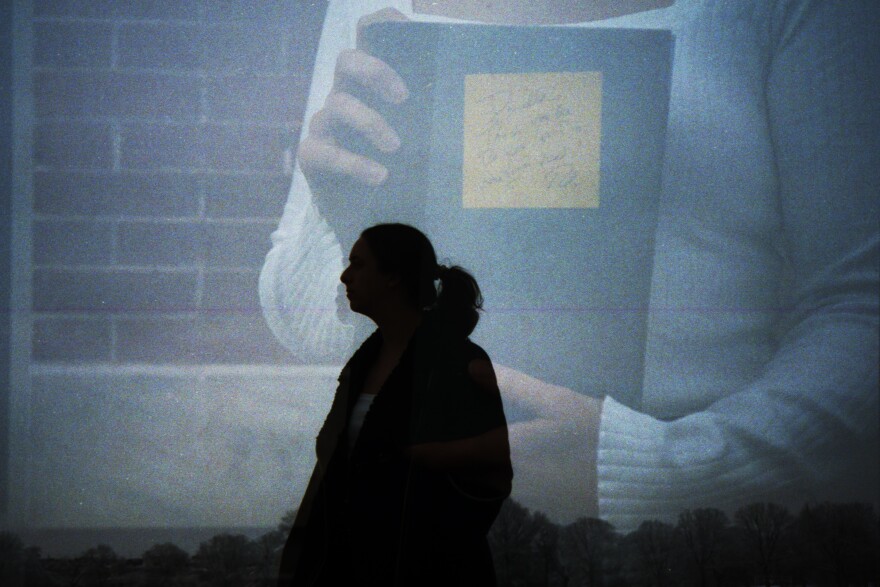On June 28, 2018, reporter Selene San Felice was working in her cubicle on a local story. By mid-afternoon, she and her colleagues at the Capital Gazette newspaper in Annapolis, Md., had become the subject of national news. Around 2:30 pm, a gunman had blasted his way into the newsroom and killed five members of the staff. San Felice hid under a desk and prayed.
San Felice worried that the shooting would barely register with the public, once it was no longer breaking news. It was just one in a string of recent high-profile attacks. Four months earlier, a gunman had killed 17 people at a high school in Parkland, Fla. Four months before that, a man killed 58 fans at a music festival in Las Vegas. And almost exactly two years earlier, San Felice had covered the Pulse nightclub shooting in Orlando as a student journalist. The breaking news, the vigils, the speeches from politicians—each step in the dance was familiar to her.
Loading...
Just hours after the shooting, San Felice conveyed her disillusionment on live television. During an interview with CNN's Anderson Cooper, she said, "This is going to be a story for how many days? Less than a week. People will forget about us after a week."
She added, "I'm going to need more than a couple days of news coverage and some thoughts and prayers because our whole lives have been shattered."

The new Capital Gazette series from NPR's podcast asks what happens after the public and the press move on. It follows San Felice and the rest of surviving staff in the two years following the shooting.

Loading...
Joshua McKerrow, a photojournalist who had worked at the paper for 14 years, was out on assignment that day. After the shooting, he gathered with other colleagues in a parking garage near their office. When McKerrow learned the names of his coworkers who had been killed, he felt his life had irrevocably changed: "I had one of those moments—and it wasn't the first time I'd had at that day—where I could see the demarking line between my old life and my new life."

Loading...
Part of this new life for McKerrow and his colleagues meant figuring out how to cover the story of their own newsroom. The attack fueled the staff's commitment to the paper. On the night of the shooting, reporter Chase Cook sent out a tweet that went on to be retweeted nearly 15 thousand times: "I can tell you this: We are putting out a damn paper tomorrow."
I can tell you this: We are putting out a damn paper tomorrow.
— Chase Cook (@chaseacook)
The Capital Gazette's top editor, Rick Hutzell, made a longer-term pledge: the paper would cover the trial of the man who killed his colleagues. To do so, the staff would have to contend with dual challenges: Could they report fairly on a case that affected them intimately? And could they protect themselves emotionally while being constantly reminded of the attack?
Hutzell knew he could have handed this story over to the Baltimore Sun—t³ó±ð Capital Gazette's larger sister newspaper—but he didn't want to. The Capital Gazette, he said, "remains focused every day on what's going on in the community" and the shooting was fundamentally a story about this community. He believed it was "crucial for who we are that the Capital visibly cover this and try and maintain a sense of objectivity."

To report on the aftermath of the shooting, Hutzell had immediate practical issues to address. The office was a crime scene, so the staff operated out of a cramped college newsroom for months. Reporters had to take on new beats to cover for colleagues who'd died and some were taken off their usual beats. Phil Davis, the paper's crime reporter, couldn't write about one of the biggest murder trials in the city's history—t³ó±ð shooting at his newspaper—because he was likely to take the stand as a witness.

Loading...
These changes created new difficulties. Though the small newsroom gave the journalists a sense of camaraderie, reporter Danielle Ohl said, "Sometimes it was fraught. When you have a lot of traumatized people and you put them all together in a small room, the emotions are going to bump up against each other."

Loading...
Even outside the office, reporters sometimes couldn't escape reminders of the shooting. "You'd walk into a place and you'd say, 'Hi, I'm Josh from the Capital,' and people would burst into tears," McKerrow said. "Like I was the walking embodiment of a mass shooting and meeting me...it would hit them all at once that this was real."
Despite these obstacles, in the two years since the shooting, the Capital Gazette staff have done what they vowed to do: put out a damn paper, every day.
Some images in this story were made with a film process, combining a portrait with a location or item that was significant to that person.
Copyright 2023 NPR. To see more, visit https://www.npr.org.





